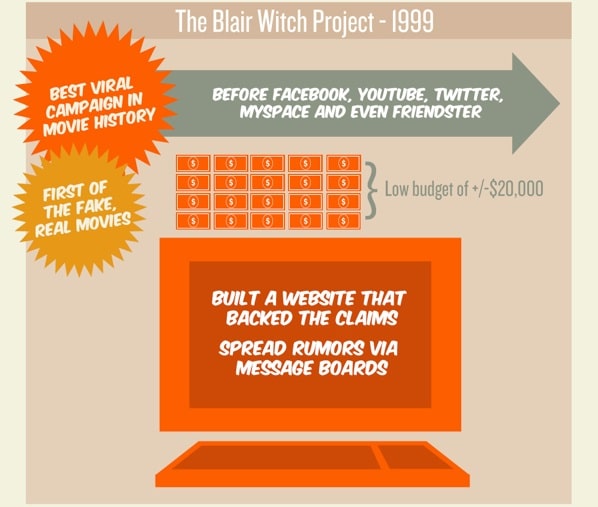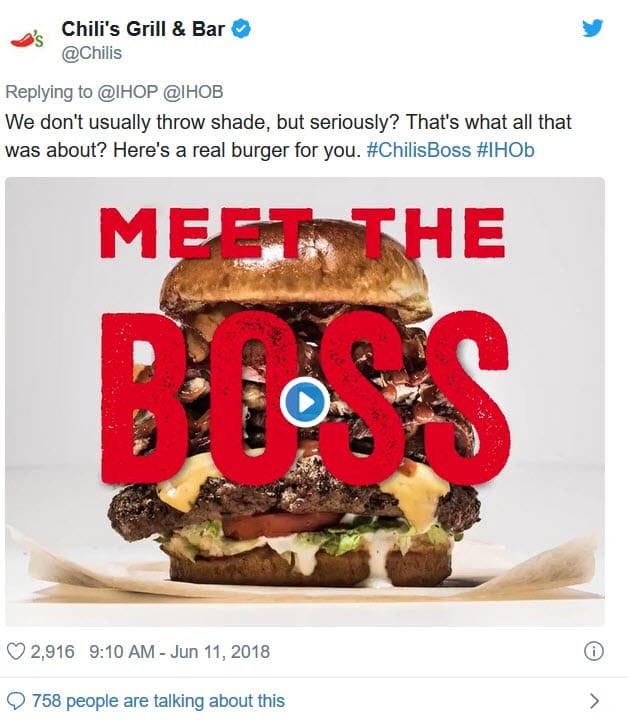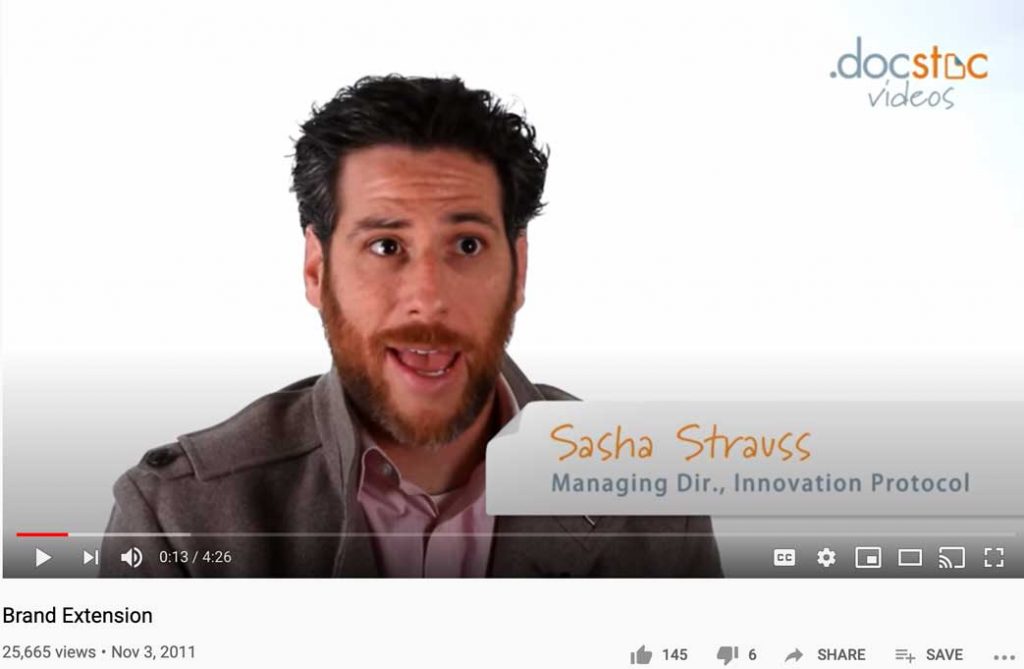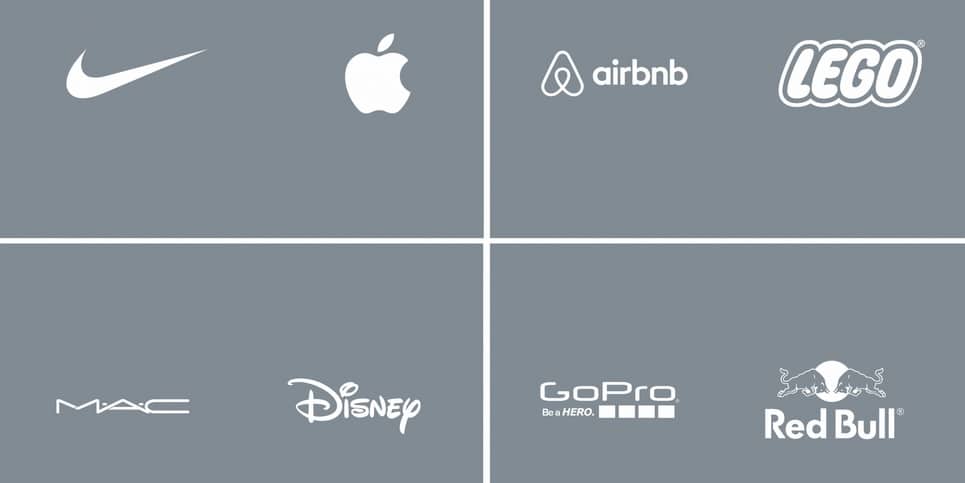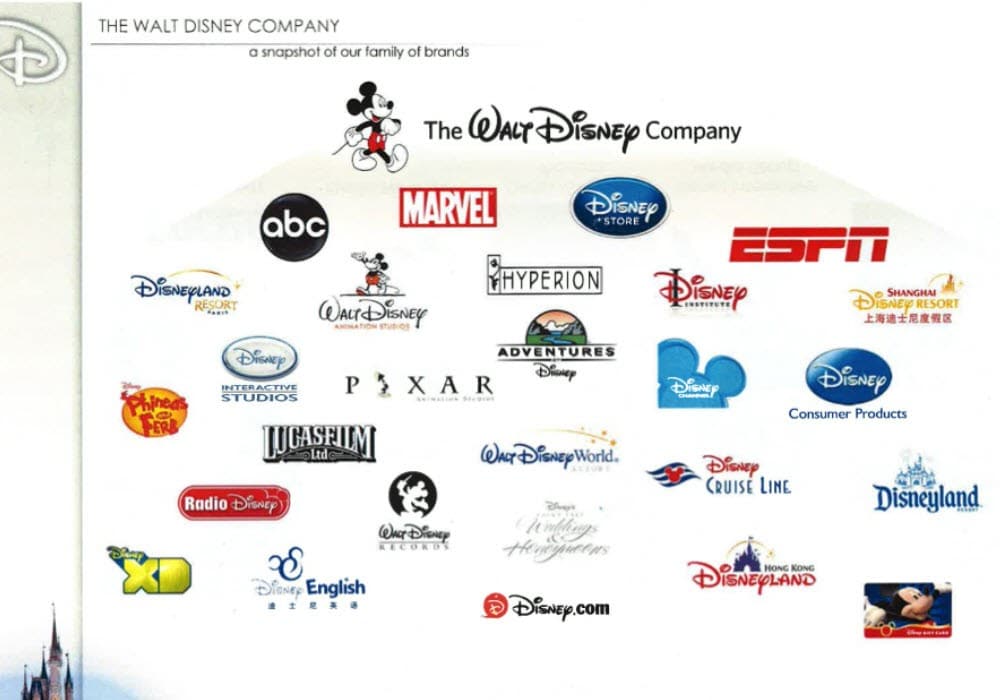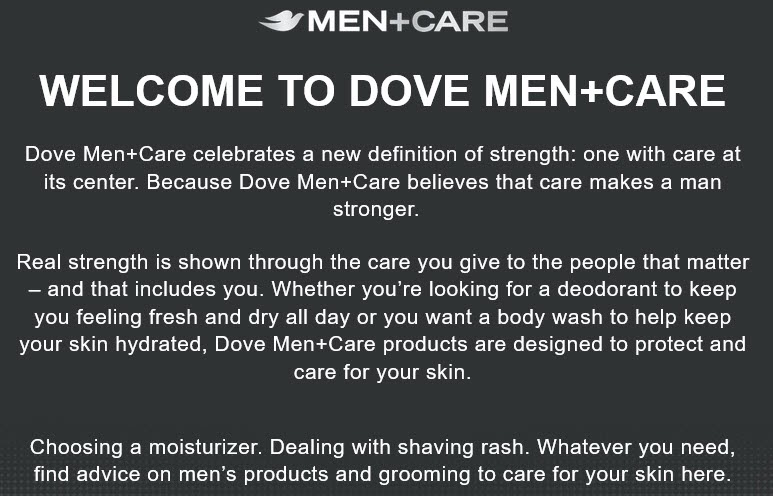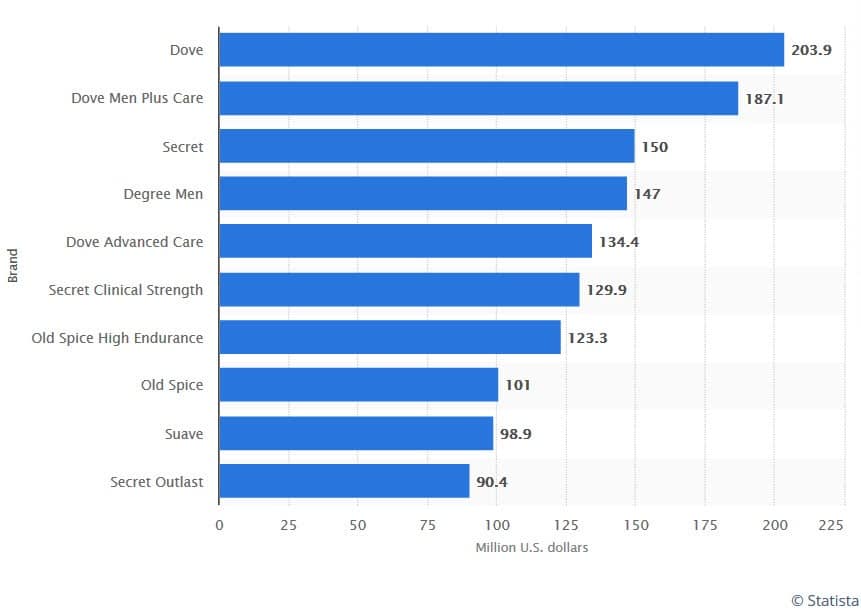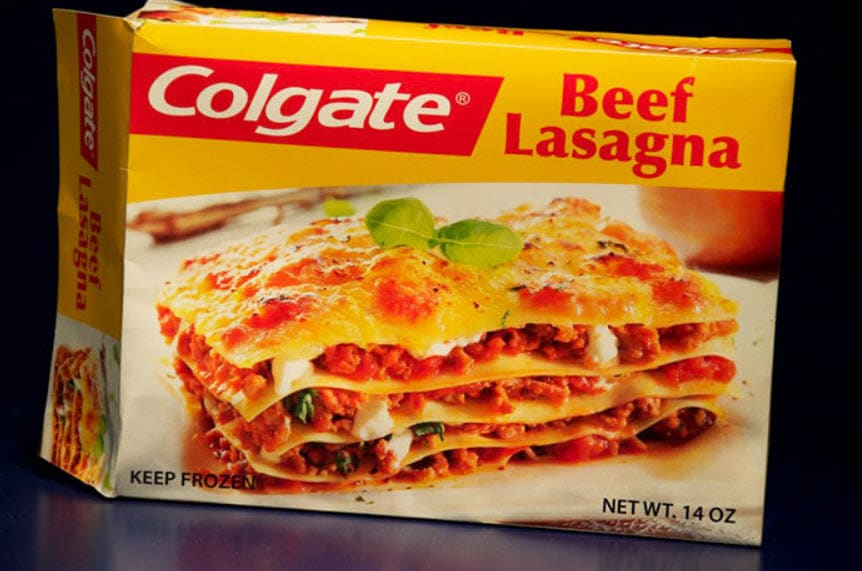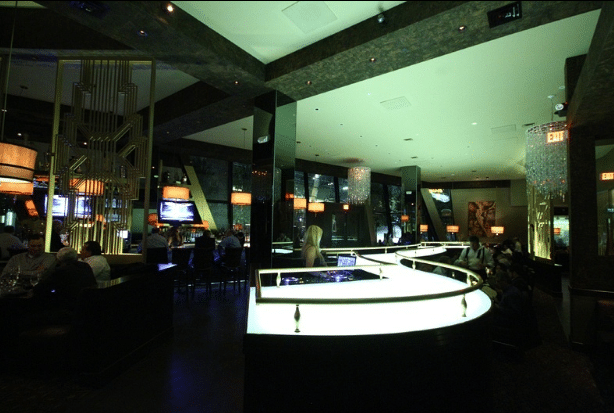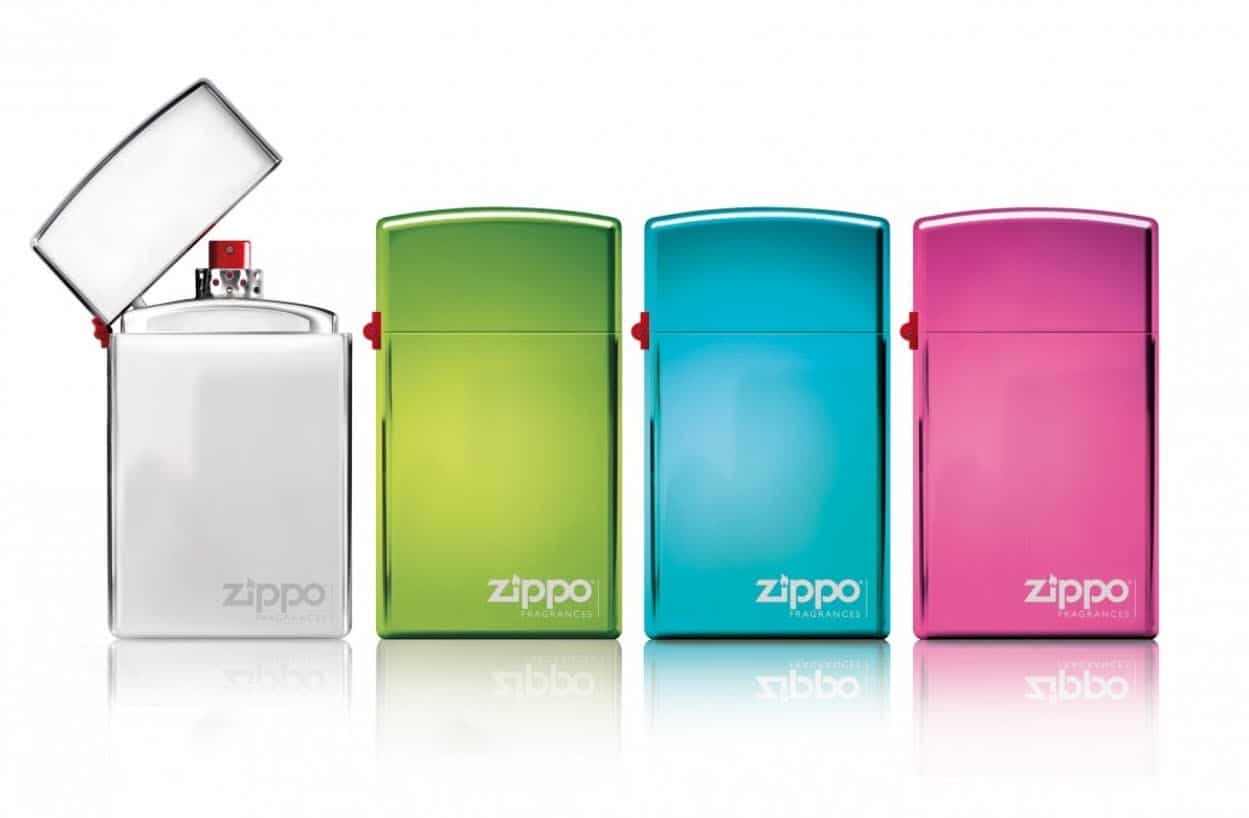If you’re looking for a great way to grow your company, it might be time to focus on extending your brand. In this post, you’ll learn what a brand extension is, as well as its advantages and risks. We’ll also show you good and bad examples of company brand extensions.
What is a brand extension?
Investopedia defines a brand extension as using an “established brand name for a new product or new product category.” If done correctly, it’s a great way to increase brand awareness. However, bad brand extensions can wreak havoc on a company. We have plenty of examples of good and bad ways to extend your brand’s reach. For now, let’s look at the advantages and risks of extending your brand.
Advantages of extending your brand
After learning about what a brand extension is, it makes sense to want to do this for your business. While working to extend your brand, you can learn a lot about your company along the way. If you’re planning on starting to extend your brand, check out these four awesome advantages.
Expanding the reach of your company
A brand extension helps a company gain new customers and have loyal customers buy more products and services. By using your brand’s equity, your company is aiming to build more onto the foundation of this business.
For an example of how the right brand extensions can expand a company, McDonald’s is a good case study. McDonald’s enjoyed lots of success after launching its McCafe line of coffee beverages.
Why was the McCafe brand extension such a hit for McDonald’s? Being one of the largest fast-food chains in the world, it’s understandable to assume some of these diners (especially the morning crowd) would love to have a cafe-style coffee. By using this company’s brand popularity, it was able to reach such a large crowd of customers right away.
This concept was also a hit because McDonald’s knew how to provide products at low costs. Instead of going to Starbucks, customers already at McDonald’s could save time and money by purchasing a McCafe beverage.
Improving brand image
If done well, a brand extension can enhance a company’s image and create lots of brand advocates. Before you can create these advocates, it’s helpful to learn what they’re looking for from a company. Fortunately, there are many ways to listen to your company’s audience.
Many companies do this by taking to social media and searching for mentions of their respective businesses. By searching for what others are saying about your business on social media, your company isn’t often starting these discussions. Therefore, it’s a great way to find out what customers are saying behind your company’s back, so to speak.
We also have a great piece about how to create business surveys and why they’re so beneficial. These types of surveys are great for companies that have specific questions they need answered.
Regardless of which methods you choose, you’ll want to be asking these types of questions to find out more about what your audience wants:
- What do customers value about your business?
- What do customers dislike about your company?
- How can your company improve?
- What are competitors doing that your business isn’t?
Armani is a great example of how a luxury company can expand its image by expanding upon its brand message. This company first became known for its luxury line of clothing. After building a brand that the public associated with luxury, Armani wanted to expand upon this. Armani would achieve this goal by expanding into the luxury market with branded nightclubs, restaurants, and even a luxury Armani Hotel in Dubai. For its customers who enjoy a life of luxury, these extensions make sense.
Brand stretching creates buzz for your business
A major benefit of a brand extension is that it helps increase brand awareness. What better way to talk about a company that knows how to generate buzz than the aptly-named Bumble? Understandably, Bumble knows that dating apps aren’t for everyone.
However, this app succeeds at doing things differently from its competition. It achieves this goal by helping women meet friends with its BumbleBFF service and network with the help of BumbleBizz.
Regardless of how you feel about these apps, it’s impossible to deny their success. A recent Vogue piece reported that Bumble now has over 50 million registered users. This is a great story of how a company can use its mobile app to extend its brand.
Lower advertising and marketing costs
According to MIT Sloan Management Review, brand extensions lower introduction investments and increase your company’s success probability.
One reason for this is that, by building a brand, your company has already established an audience. If your company expands the right way, most of your audience will likely begin using a new complementary product or service.
Your company also won’t deal with the costs and time it takes to launch a product as a brand new company. Over time, your business establishes processes and learns how to complete launches.
Risks of extending your brand
There are many types of marketing strategies. With that in mind, brand extensions are marketing strategies that come with certain risks. Most of these risks are easy to avoid if you follow our tips. Here are the most notable risks that occur when a brand extension goes wrong.
Turning current customers away
At first, a brand extension can seem scary. This means entering into an area that your company likely doesn’t have a lot of experience with. If you veer too far away from what made people fall in love with your company, it can create disastrous results. Your company starts losing everything that made people fall in love with it. Once this happens, you run the risk of losing customer loyalty. After losing customer loyalty, there’s not much left for a company to lose.
As you’ll soon see, large brands can make these mistakes from time to time and come out fine. Unfortunately, the reality is that owners of small businesses might not find it so easy to recover from a branding mistake.
Going “off-brand”
One of the most important things to avoid during a brand extension is going “off-brand.” This is a term given to a company that, in one way or another, does something that doesn’t align with this business.
This usually happens when a company enters into an industry or market segment it has no business being in. As a result, the company’s intended audience doesn’t make a connection with or want to purchase its products. Making matters worse, going off-brand can do even more damage by alienating a company’s audience.
We’ve got plenty of examples of what happens when a company goes off-brand below, in our bad examples section. For an example of an attempt at a brand extension that led to mixed results, consider IHOP’s recent campaign to rebrand itself as IHOB. Instead of being The International House of Pancakes, this company wanted to be The International House of Burgers.
As mentioned earlier, the results of this marketing campaign were mixed. One positive was that it led the company to see burger sales increase by 200%. In the process, it left many people understandably confused about this change. Would IHOB still offer pancakes? What about any kind of breakfast staples many of this restaurant’s clientele were familiar with? Consumers turned to social media to voice their concerns and confusion about IHOP. Several companies were also ready to take jabs at the company about its rebranding.
Sasha Strauss, someone with a history of developing brands, has a great way of explaining how to avoid going off-brand.
Overdiluting your company
It can be easy for certain companies to go overboard when it comes to brand extensions. Instead of rushing to try and come up with a million ideas, focus on a few that bring the most results for your business. It’s also wise to develop a brand message. This helps you avoid launching products and services that don’t align with the message your company lives by.
Oreo is a great example of a company who might be risking more than it’s worth to try and please everyone. Most people can instantly picture Oreo’s signature chocolate and vanilla cookie. It seems like almost every month, Oreo is offering new flavors and variations of this signature cookie to the public. As a result, this company is overdiluting itself and risks losing its brand identity.
Tips for how to extend your brand
After looking over the risks of brand extensions, it makes sense to be a bit wary of trying this for yourself. By avoiding this brand marketing tactic, you risk leaving a lot of results on the table. You’ll stay away from many of these risks by checking out the tips below.
Offer products and services that complement each other
Most logical brand extensions start when a business offers new products or services that pair well with what it currently offers. After a bit of research, it becomes easier to make logical decisions about what works as a brand extension and what doesn’t.
A great example of a complementary brand extension took place when Reese’s launched Reese’s Puffs cereal. It wasn’t a stretch of the imagination to assume that a sugary candy would take off as a sugary breakfast cereal. Fortunately, this decision paid off for Reese’s.
Consider a new delivery method
Extending your brand doesn’t have to mean entering into markets that seem unfamiliar to your company. Dr. Edward M. Tauber, a recognized branding expert, recommends that changing your company’s delivery method is a safe and great way to create a brand extension.
In his piece, “Extendonomics: 10 Ways to Extend Your Brand,” Dr. Tauber notes Highlights as a company that knows how to extend its brand. This children’s magazine is one that many people remember growing up with. Whether reading it at home, in school, or at a crowded doctor’s office, many adults remember this magazine.
As the popularity of digital media and applications grew, this company needed a way to stay relevant. So, Highlights created a mobile app that allowed users to play hidden image games.
Partner with another business
With the right partnership, licensing your company in a way that makes sense can be a great way to extend your brand. Certain companies create a “brand mash-up” by licensing their brands to other companies. It’s understandable if this sounds a bit confusing. Let’s look at a quick example of what a good licensing partnership can do for all parties involved.
In 1977, Star Wars debuted in theaters. The massive popularity of this movie meant that it didn’t have to depend on licensing deals. However, Bernard Loomis, who was head of the Kenner Toys, was willing to pay any price to establish a contract to be the official producer of Star Wars toys.
The results of this brand partnership led to 50,000 sales during the toy series’ initial run. Making things even better, sales would continue to climb for this toy series. By the end of 1978, Star Wars action figures would create $100 million in revenue for Kenner Toys. Even today, in the right condition, action figures in this series of toys can be worth up to $150,000.
Good examples of brand stretching
While researching how to extend your brand, it’s helpful to look at past examples of how companies achieved this goal. Here are four great examples of how companies have successfully extended their brands.
The Walt Disney Company knows how to extend a brand
If there was a business that could write a book on how to extend a brand that people love, it might be The Walt Disney Company. Because this company succeeds in so many mediums, it’s difficult to think of how this business started. Here’s a brief history of the company.
- In 1923, The Walt Disney Company began as a film and animation studio.
- Throughout the 1920s and 30s, this company released many classic animated films.
- In the late 1940s, The Walt Disney Company began producing live-action movies.
- In 1955, Disneyland opened in California.
- In 1965, The Walt Disney World Resort opened in Florida.
- In 1983, The Disney Channel began broadcasting.
- In 2006, Disney purchased Pixar.
- In 2009, Disney acquired Marvel.
- In 2019, Disney launched Disney Plus, its streaming network
What is there to learn from this quick history of The Walt Disney Company? One reason for its success was due to strategic partnerships and acquisitions. This business also understood the importance of using its brand’s reputation to begin an effective merchandising strategy. The image below illustrates how well a company can do if it knows how to extend its brand correctly.
Dove’s Real Women and Men + Care campaigns
As many companies projected the same definitions of “beauty,” many women became disengaged from these brands. Fortunately, Dove connected with this demographic after launching its 2004 Real Women campaign. What were the results of this company creating a more personal connection? A 700% increase in sales during the first half of 2004.
After this home run in the world of branding, Dove created another campaign. This time, Dove would place its focus on a male audience. Launching in 2010, Dove capitalized on an opening in the men’s grooming market. Instead of aiming for a younger male demographic, as similar companies were, it successfully targeted adult males.
Dove was looking at data on how to enter this market. During this time, one study found that 75% of men around the world felt that grooming brands weren’t connecting with them. The look of Dove’s Men + Care line didn’t need silly commercials or in-your-face advertising. Instead, it opted for something simpler. It led to great results as sales totals reached over $187 million in sales during 2019.
Google’s companion and product brand extensions
If you need to search for information online, it’s safe to assume you use Google or have in the past. In 1998, Google launched with the company mission of organizing the world’s information and making it easy for internet users to find. Offering fast results and a user-friendly interface, Google quickly became one of the most popular search engines in the world.
For most company owners, the massive success of this search engine would be enough. However, the minds at Google wanted to use this company’s brand equity to expand its reach with product extensions. Google soon launched G Suite. an entire line of tools and software. Several notable inclusions in this suite are Google Docs, Google Drive and Gmail.
Google also understood the importance of product form extensions. This company leveraged its dominance in the world of search engines and apps to extend these types of technologies into their brand of smartphones, the Google Pixel. While it’s not as popular as smartphones made by Apple or Samsung, this is beginning to change. Research shows that Google Pixel is now the fastest-growing smartphone brand in the United States with 43% year-over-year growth.
Of course, there have been a few brand extensions that didn’t end up sticking around for the company including Google Glass and Google+. But, by taking a series of calculated risks, Google is a great example of a company that knows how to extend its brand.
Oprah Winfrey’s extension into the world of print
Oprah Winfrey has one of the greatest success stories of all-time. Debuting as a local newscaster, Oprah would soon enter the world of national daytime television. Because The Oprah Winfrey Show focused on creating personal connections with its audience, it became one of the longest-running talk shows of all-time.
During the year 2000, Oprah Winfrey extended her brand with the launch of O, the Oprah Magazine. A few months after launching, O, the Oprah Magazine was surpassing the popularity of top-selling women’s magazines. By the year 2008, it was being read by over 16 million people internationally.
In 2011, after this show’s contract came to an end, she also launched the Oprah Winfrey Network. This network airs lots of original programming and reruns of The Oprah Winfrey Show. The LA Times reported that OWN is the top-rated television network in terms of popularity for African-American women.
Bad examples of how to extend a brand
Unfortunately, not every brand extension method is a winner. Over time, many companies have tried to extend their respective brands to be met with disastrous results. Let’s take a closer look at each of these brand strategy blunders.
Coca-Cola launches New Coke
There’s no denying that Coca-Cola is one of the most well-known brands. Founded in 1886, Coca-Cola’s signature soft drink was the result of experimenting by pharmacist John Pemberton. After this, the popularity of Coca-Cola rose fast and continued to do so for decades.
This momentum continued until the launch of New Coke, replacing Coca-Cola, in 1985. New Coke would go down in history as one of the worst product launches of all-time. Fans of Coca-Cola weren’t only bothered by the disappearance of the beverage they grew up with, they were angry and wanted this company to know about it.
In Coca-Cola’s defense, this company performed audience research by holding taste tests before the launch of New Coke. Fortunately for Coca-Cola, during these tests, more people preferred New Coke over Pepsi. However, Coca-Cola made the critical mistake of assuming that the results of this test would echo the public’s opinion, it didn’t.
Coca-Cola would soon get bombarded with telephone calls and over 40,000 hand-written letters (this was long before the popularity of the Internet and social media). The angry fans were pleading this company to get rid of New Coke. After only three months, Coca-Cola assured its brand fans that their favorite beverage was back for good.
Interestingly, a select group of people still theorize that New Coke was a genius marketing ploy by Coca-Cola to take the product away and bring it back to a welcoming audience. However, most people remain convinced that New Coke was one of the most infamous marketing mistakes ever.
Colgate enters into the frozen food market
If you were to think about the Colgate company for a moment, you’re likely thinking about toothpaste. In addition to toothpaste, Colgate produces and sells a line of similar oral health care products. Considering that, one of the last things you would want to do right after brushing your teeth or using mouthwash is to eat a meal.
In the 1960s, not 1982 (as most believe), Colgate bizarrely tested a line of frozen dinners. Colgate’s Frozen Dinner Entrees are what happens when brands extend themselves the wrong way. Even in the ‘60s, Colgate had brand equity and lots of loyal customers with its oral health care products. The problem was that Colgate’s customers couldn’t associate this brand with food.
Dating back to 1966, an article in Television Age is one of few sources mentioned Colgate’s foray into frozen dinners. This article mentions actual test entrees including “a line of dried chicken and crabmeat” and apple-chips called Snapples (unrelated to the popular drink company). After two years of test runs, Colgate stopped making the meals due to poor sales.
After lots of research, it appears that the infamously unappetizing image above is a mock-up and not an actual product rendering. This mock-up was created by an artist unaffiliated with Colgate during the mid-2000s. However, it does offer a realistic look at what consumers might have expected had Colgate’s entry into the frozen food market been a success.
Eva Longoria’s SHe steakhouse
Eva Longoria is a successful actress, starring in hit television shows including The Young and The Restless and Desperate Housewives, to name a few. With that in mind, Longoria made the wise decision that many actors and actresses make to extend the reach of their respective brands.
For whatever reason, she and her team decided to open a steakhouse for women, called SHe by Mortons. The odd capitalization isn’t a typo. Aimed as being a “lady-friendly” steakhouse, most diners felt confused about this restaurant.
The minds behind SHe assumed that women needed an exclusive place to eat steak. Needless to say, this was an off-brand disaster. Of course, SHe by Morton’s didn’t stop men and children from eating here. If they could make sense of SHe’s odd menu, anyone could dine at this restaurant. Khushbu Shah from First We Feast noted that, instead of a New York Strip or a Porterhouse, SHe offered He-Cuts, She-Cuts, and We-Cuts. For some reason, and this isn’t a joke, SHe also held fashion shows in the restaurant for dining patrons.
This strange concept wasn’t achieving brand popularity. Even worse, it created stereotypes by not trying to break away from stereotypes. Things soon got worse for this restaurant. Much, much worse. In 2014, the Southern Nevada Health Department shut down SHe after finding and logging 21 demerits. Many of these demerits had to with improper temperatures throughout the kitchen area.
At this point, everyone cut their losses and the restaurant closed for good. Fortunately for Eva Longoria, she’s moved on from this PR nightmare and continues to star in many movies and television shows.
Zippo cologne and perfume
Most people immediately associate Zippo with its iconic lighters. Considering that, many consumers were shocked to learn that this company was releasing a line of cologne and perfume.
Why is this a bad idea? Because most people have a history of associating Zippo with lighter fluid. The product’s design also makes it look like you’re spraying yourself with a lighter.
Because this company created a strange brand extension, it achieved less-than-stellar results. Regardless of its cool design and flashy packaging, most consumers didn’t associate the Zippo brand with fragrances. Unlike the other failed ideas on this list, most of Zippo’s perfume and cologne lines are still available to buy.
Conclusion
It’s understandable to ask yourself “what is a brand extension and how can I benefit from it?” Extending your brand isn’t something you want to take lightly. Instead of acting on the first idea that comes to mind, take time to research your company as well as your competition and target market. With some time and effort, your business can benefit in many ways from successful brand extensions.


